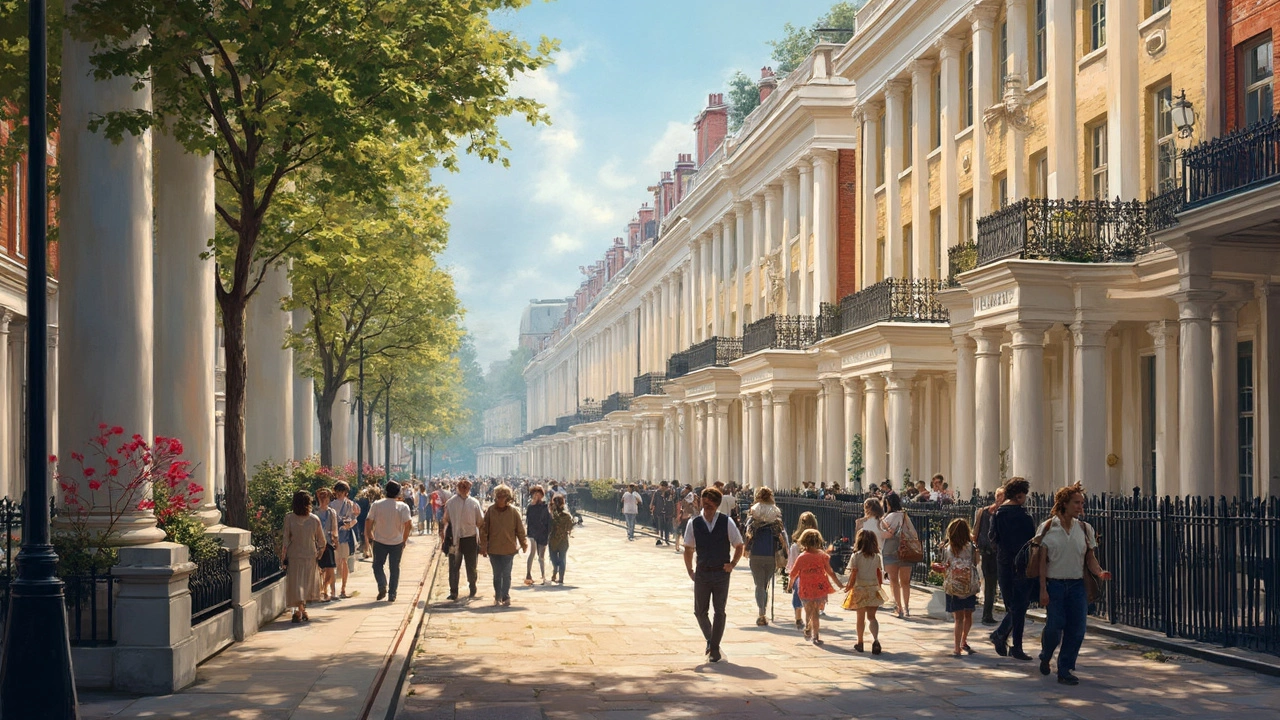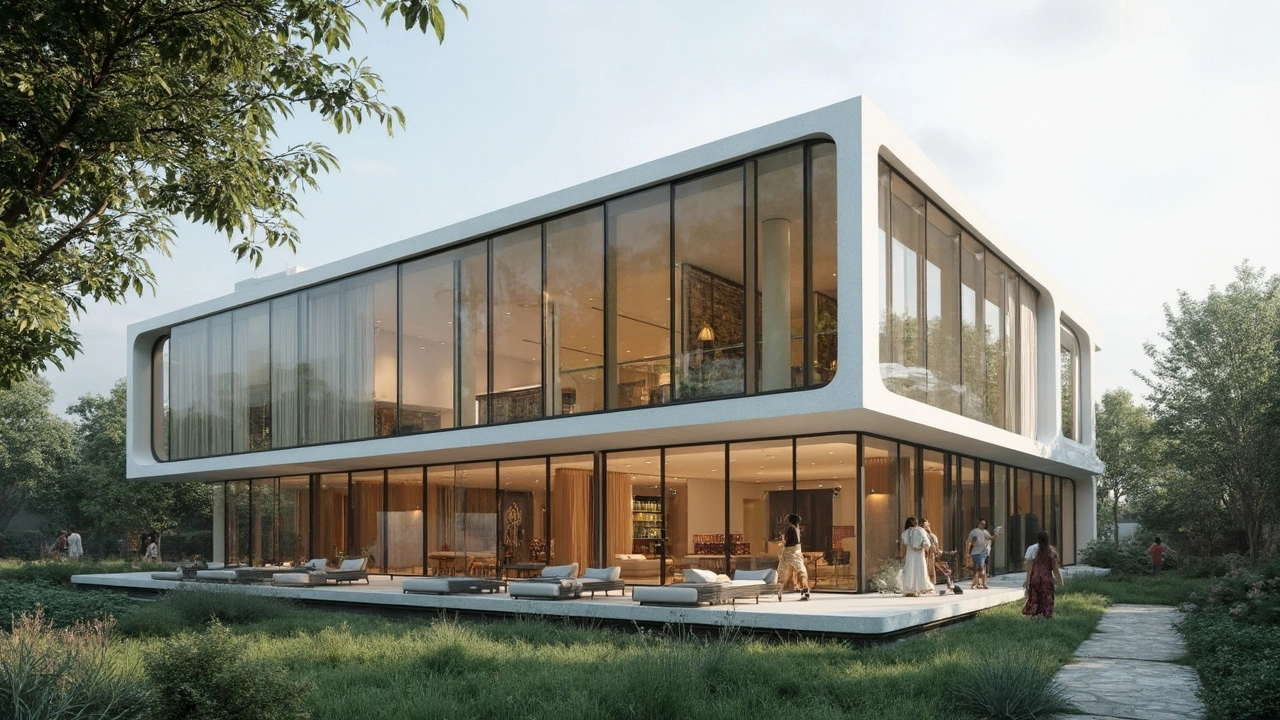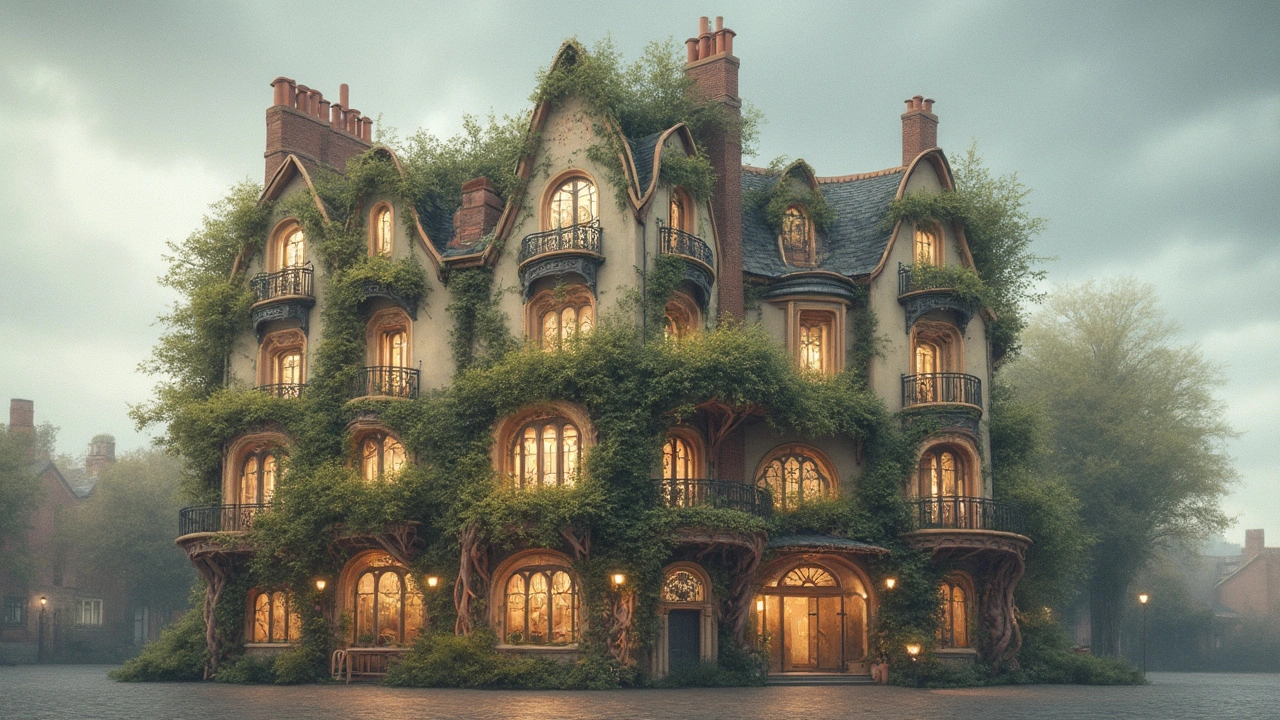Architecture: A Practical Guide to Styles, Features, and Everyday Use
Architecture shapes our cities and homes more than most people notice. A single cornice or arch can tell you a building's age, region, and purpose. Here are clear ways to spot styles, use design ideas at home, and travel smarter around architectural sites.
Spotting styles fast
Look for a few quick markers. Columns and symmetry usually point to Greek Revival or Georgian roots. Rounded arches and thick walls suggest Romanesque or early medieval work. Pointed arches, flying buttresses, and stained glass are hallmarks of Gothic and Gothic Revival. Curved lines, floral motifs, and ironwork often mean Art Nouveau. Big domes and mosaics hint at Byzantine influence. These markers aren't rules, but they save time when you want to identify a building on the street or museum tour.
Want a tech tip? Use a camera and take detail shots: roofs, windows, door surrounds, and trim. Compare them to quick guides on your phone while you explore. That small habit turns ordinary walks into mini architecture lessons.
Using historic styles in your space
You don't need a full renovation to borrow ideas. Add a simple cornice or pick lighting that echoes a style's mood: brass and patterned glass for Beaux-Arts, sleek built-ins for American Craftsman. Match one strong element—like a front door or staircase—rather than copying an entire era. That keeps the look balanced and avoids a museum vibe.
Preservation matters. When you update old homes, keep original features like moldings, window frames, and stair rails. Patch and repair rather than replace. Modern materials can mimic historic details affordably, but keep proportions and placement true to the original—small shifts make a design feel off.
Travel smart: plan visits around lesser-known gems. Big names like the Colosseum and Hagia Sophia are amazing, but small churches, town halls, and industrial sites often show interesting local twists. Read one local article before you go and ask guides about rare features—hidden courtyards, reused stones, or unique rooflines make a trip memorable.
For designers and DIYers, study how structure meets style. Roman concrete and arches lasted because they solved practical problems. Modern minimalism follows a similar rule: strip what doesn't serve a purpose. Think about how a design choice affects light, airflow, and movement—not just how it looks.
If you're curious which style to choose for a project, list daily needs first: storage, light, and flow. Then pick one historic or modern idea to emphasize. Keep materials simple and consistent. A clear choice makes a room feel intentional instead of mixed up.
Start a small notebook or photo folder of buildings you like. Note date, style, and one feature to copy. Over time you'll build a personal reference that helps with repairs, renovations, or travel planning—simple, cheap, and surprisingly powerful.
Architecture is practical and emotional. It tells stories about technology, wealth, faith, and everyday life. Once you learn a few signs and start looking, buildings stop being background and become useful tools for design, travel, and preservation.

Renaissance Revival Architecture: Key Features, History & Modern Appeal
Explore the lavish world of Renaissance Revival architecture—from its rich history and signature elements to practical restoration tips and fascinating details.
Read more
Greek Revival Architecture: Timeless Style and Lasting Influence
Greek Revival architecture has stood the test of time, showing up everywhere from grand public buildings to charming homes across America and beyond. This article explores why this style caught on, what makes it stand out, and how it still influences design today. Expect relatable tips for spotting Greek Revival features, a peek into its history, and practical advice for anyone drawn to its classic look. Whether you're a history buff, home renovator, or just love beautiful buildings, you'll walk away understanding why Greek Revival's appeal never seems to fade.
Read more
Art Nouveau Architecture: A Unique Blend of Art and Function
Art Nouveau architecture changed the rules by making buildings that are as much about beauty as they are about practicality. This style stands out with its flowing lines, nature-inspired details, and a belief that art should be everywhere, not just inside a museum. You'll learn how this movement grew popular, spot its features in buildings around the world, and get easy tips for recognizing Art Nouveau in real life. Expect helpful facts for travelers, history buffs, or anyone curious about why streets in some cities look almost whimsical. If you've ever wondered how architecture turned playful, this is where you find out.
Read more
The Rise and Rise of International Style in Modern Living
International Style is more than just a design trend; it's about pursuing simplicity, functionality, and global influence in architecture and interiors. Emerging prominently in the early 20th century, it's a style that continues to shape our spaces. The emphasis on clean lines, open spaces, and minimal ornamentation sets it apart. Today, International Style is celebrated for its timeless appeal, sustainability, and cultural integration, making it perfect for those seeking a blend of elegance and practicality.
Read more
The Renaissance Revival: Rediscovering Architectural Excellence
Renaissance Revival architecture, with its rich intricate details and inspiration drawn from the past, is seeing a resurgence in modern times. This style is characterized by grandeur, symmetry, and classical elements, often recalling the splendor of European historical greatness. We will explore its distinctive features, offer tips on incorporating Renaissance Revival elements into modern spaces, and highlight notable structures embracing this timeless design. Whether you're a design enthusiast or renovating your home, there's something fascinating in this architectural style.
Read more
The Rise of American Craftsman Homes: Trends and Transformations
American Craftsman homes are making a comeback, with their unique design features and historical charm captivating a new generation. From their early 20th-century roots to their resurgence in modern home renovations, these homes offer practical benefits along with aesthetic appeal. Learn why homeowners are inspired to bring back Craftsman details and how you can adopt these elements in your renovation projects. Discover tips and ideas for blending traditional Craftsman style with contemporary living.
Read more
Gothic Revival Architecture: Blending Old-World Charm with Modern Flair
Gothic Revival architecture cleverly balances historical charm with modern design, reviving medieval elements for contemporary tastes. This style is recognizable by its pointed arches, ribbed vaults, and flying buttresses, originally inspired by the medieval Gothic design. As it rose to prominence in the 19th century, it encouraged the use of advanced building techniques and materials, influencing many modern architects. Today, Gothic Revival continues to fascinate by blending historical aesthetics with modern sensibilities.
Read more
Unstoppable Rise: Understanding International Style
International Style is a trend in architecture and design that emerged in the 1920s and 1930s. It emphasizes simplicity, functionality, and the use of modern materials. This style has become increasingly popular across the globe due to its clean lines and adaptability. From household items to skyscrapers, the International Style continues to influence contemporary designs. Exploring its features and evolution can offer fresh insights into its enduring appeal.
Read more
Art Nouveau Architecture: The Epitome of Elegance
Art Nouveau architecture is a dreamy dance of curves and nature-inspired motifs that emerged in the late 19th century. This fascinating style was a rebellion against the bland, straight lines of industrialization, emphasizing organic forms and intricate details reminiscent of nature. It blends art with function, creating buildings that are not just structures but also visual art pieces. From the swirling facades to the delicate ironwork, every element tells a story. Discover how Art Nouveau redefined elegance in architecture with tips on spotting these gems and historical tidbits sure to fascinate.
Read more
Exploring the Essence and Influence of Mid-Century Modern Design
The Mid-Century Modern movement, which emerged in the mid-20th century, revolutionized architecture, interior design, and furniture aesthetics. Known for its organic shapes, minimalistic forms, and emphasis on functionality, it reflects an era of innovation and creativity. The movement not only shaped residential spaces but also influenced public buildings and city planning. Its timeless appeal continues to captivate modern designers and homeowners alike, making it a resilient style that blends form and function seamlessly. Delve into its origins, key elements, and lasting impact on contemporary spaces.
Read more